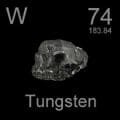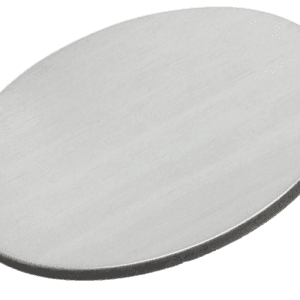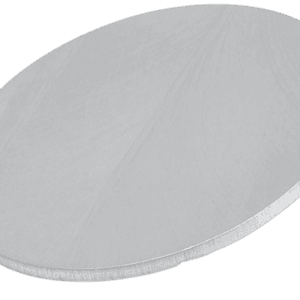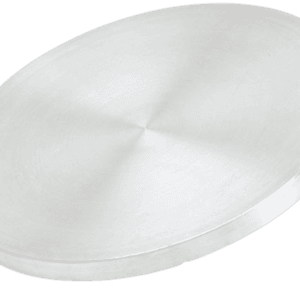Tungsten Disulfide Sputtering Target Description

Tungsten, also known as wolfram (symbol “W”), is a chemical element that originated from the Swedish words ‘tung sten,’ meaning heavy stone. This name reflects the mineral wolframite, from which tungsten was historically extracted. The element was first mentioned in 1781 and observed by the Swedish chemist T. Bergman. The isolation of tungsten was later accomplished and announced by the brothers Juan and Fausto Elhuyar. Tungsten has an atomic number of 74, placing it in Period 6 and Group 6 of the periodic table, within the d-block. Its relative atomic mass is 183.84(1) Dalton, with the number in brackets indicating the uncertainty in the measurement.
Related Product: Tungsten Sputtering Target
 Sulfur, also spelled sulphur, is a chemical element that has its origins either from the Sanskrit word ‘sulvere’ or the Latin ‘sulfurium,’ both of which are names for sulfur. This element has been known and used since before 2000 BC, with early discovery attributed to ancient Chinese and Indian civilizations. The canonical chemical symbol for sulfur is “S.” It is positioned at atomic number 16 in the periodic table, located in Period 3 and Group 16, which is part of the p-block. The relative atomic mass of sulfur is 32.065(5) Dalton, with the number in brackets representing the uncertainty in this value.
Sulfur, also spelled sulphur, is a chemical element that has its origins either from the Sanskrit word ‘sulvere’ or the Latin ‘sulfurium,’ both of which are names for sulfur. This element has been known and used since before 2000 BC, with early discovery attributed to ancient Chinese and Indian civilizations. The canonical chemical symbol for sulfur is “S.” It is positioned at atomic number 16 in the periodic table, located in Period 3 and Group 16, which is part of the p-block. The relative atomic mass of sulfur is 32.065(5) Dalton, with the number in brackets representing the uncertainty in this value.
Tungsten Disulfide Sputtering Target Specification
| Compound Formula | WS2 |
| Appearance | Dark Gray, Crystalline Solid |
| Melting Point | 1,250°C |
| Density | 7.5 g/cm3 |
| Bonding Method | Indium, Elastomer |
| Available Sizes | Dia.: 1.0″, 2.0″, 3.0″, 4.0″, 5.0″, 6.0″ Thick: 0.125″, 0.250″ |
Tungsten Disulfide Sputtering Target Bonding Service
Specialized bonding services for Tungsten Disulfide Sputtering Targets, including indium and elastomeric bonding techniques, enhance performance and durability. Thin Film Materials (TFM) ensures high-quality solutions that meet industry standards and customer needs.
We also offer custom machining of backing plates, which is essential for sputtering target assembly. This comprehensive approach improves target design flexibility and performance in thin film deposition. Our channels provide detailed information about bonding materials, methods, and services, helping clients make informed decisions.

Tungsten Disulfide Sputtering Target Application
The Tungsten Disulfide sputtering target is utilized in various applications, including thin film deposition, decoration, and semiconductor processes. It is particularly valuable in the production of displays, LEDs, and photovoltaic devices. This material is also used for functional coatings, optical information storage, and glass coating industries, such as those for car and architectural glass. Additionally, it finds application in optical communication technologies.
Tungsten Disulfide Sputtering Target Packing
Our tungsten disulfide sputtering targets are clearly tagged and labeled on the exterior to facilitate easy identification and maintain quality standards. We meticulously ensure these targets are handled with the utmost care to prevent any potential damage during storage and transportation.





Reviews
There are no reviews yet.